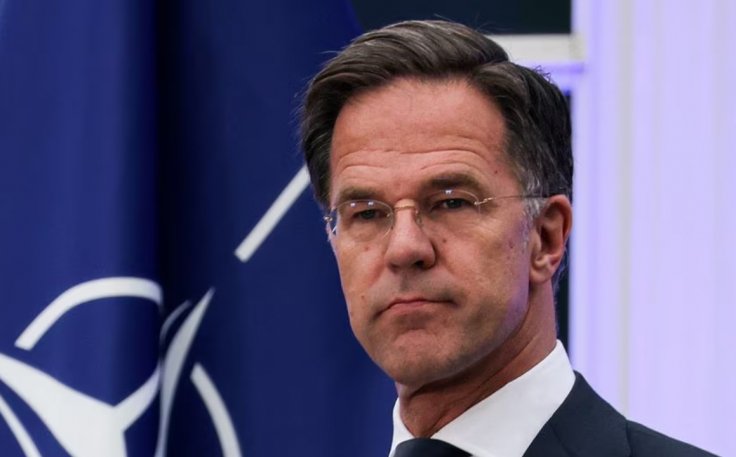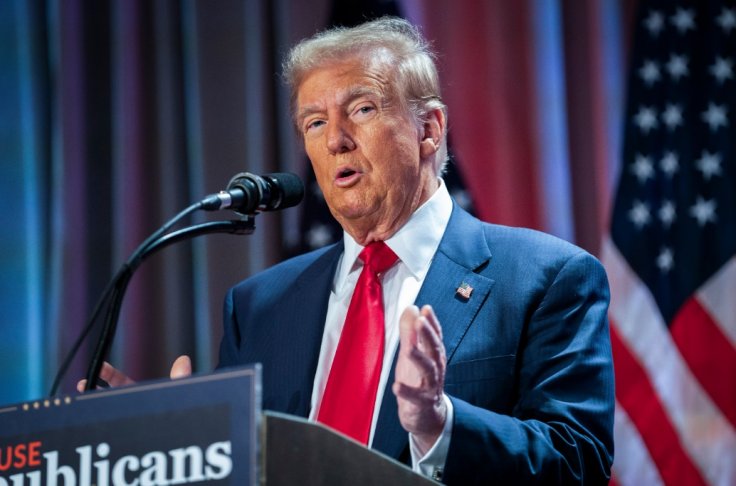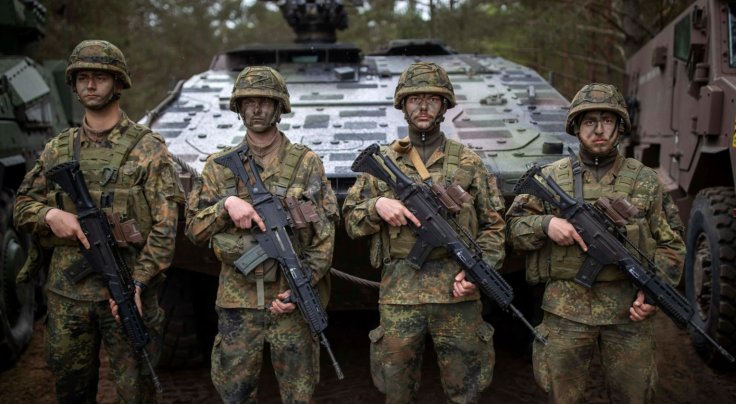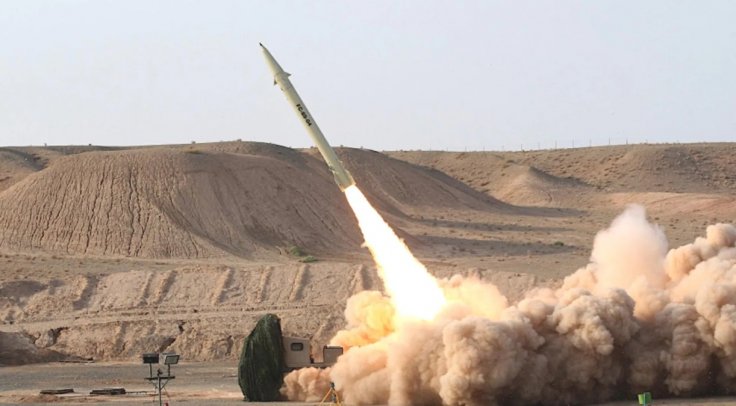NATO member countries are holding urgent discussions on increasing their defense budgets to 3 percent of their GDP amid growing concerns over global security threats and Donald Trump's warning that he may withdraw the U.S. from the alliance when he returns to the White House.
This came as the head of NATO's chief cautioned that the alliance will not be ready to tackle future threats posed by Russia unless it adopts a wartime approach immediately. He said that it is now essential for the alliance to "turbocharge our defense production and defense spending," adding that the current security environment is the most severe he has ever witnessed in his lifetime.
NATO Presses the Panic Button

"Russia is preparing for long-term confrontation, with Ukraine and with us," NATO secretary general Mark Rutte said during a speech in Brussels. "We are not ready for what is coming our way in four to five years."
According to the Financial Times, confidential preliminary discussions were held this week regarding increasing NATO's defense spending target from 2 percent of GDP. This proposal could potentially be adopted at the alliance's annual summit in the Netherlands next June.

President-elect Donald Trump has argued that Europe needs to take greater responsibility for its own defense, warning that he might consider withdrawing the United States from NATO if spending targets are not met.
During his first term, Trump pushed for increased defense budgets at the 2018 NATO summit, leading member nations to meet the 2 percent goal. However, significant increases in defense spending only materialized following Russia's invasion of Ukraine, with non-U.S. NATO countries boosting their contributions by nearly $100 billion over the past two years.
Although NATO collectively meets its defense spending target, about one-third of its members fall short individually.

This year, only 23 out of 32 allies are expected to meet or exceed the 2 percent GDP benchmark. Seven European nations, including Italy and Spain, still lag behind the target, which was originally introduced in 2014.
Some Members Faltering Target
According to three sources involved in the discussions, there is a proposal for a short-term commitment to reach 2.5 percent of GDP, with an ultimate goal of hitting 3 percent by 2030. However, this increase poses a significant challenge for several European nations, including the UK, Spain, Italy, Germany, and France.

The UK is projected to spend around 2.3 percent of its GDP on defense this year, with plans to raise this to 2.5 percent, as confirmed by the government.
NATO's core principle remains that an attack on one member is considered an attack on all.
Rutte has pushed for a defense spending target that goes "well beyond" the current benchmark, highlighting a "coordinated campaign to destabilize our societies," including cyberattacks and assassination attempts by foreign powers.
NATO's chief also urged the alliance to remain vigilant about China's ambitions and its posture towards Taiwan. He warned that Beijing is rapidly expanding its military forces "with no transparency or limits."









